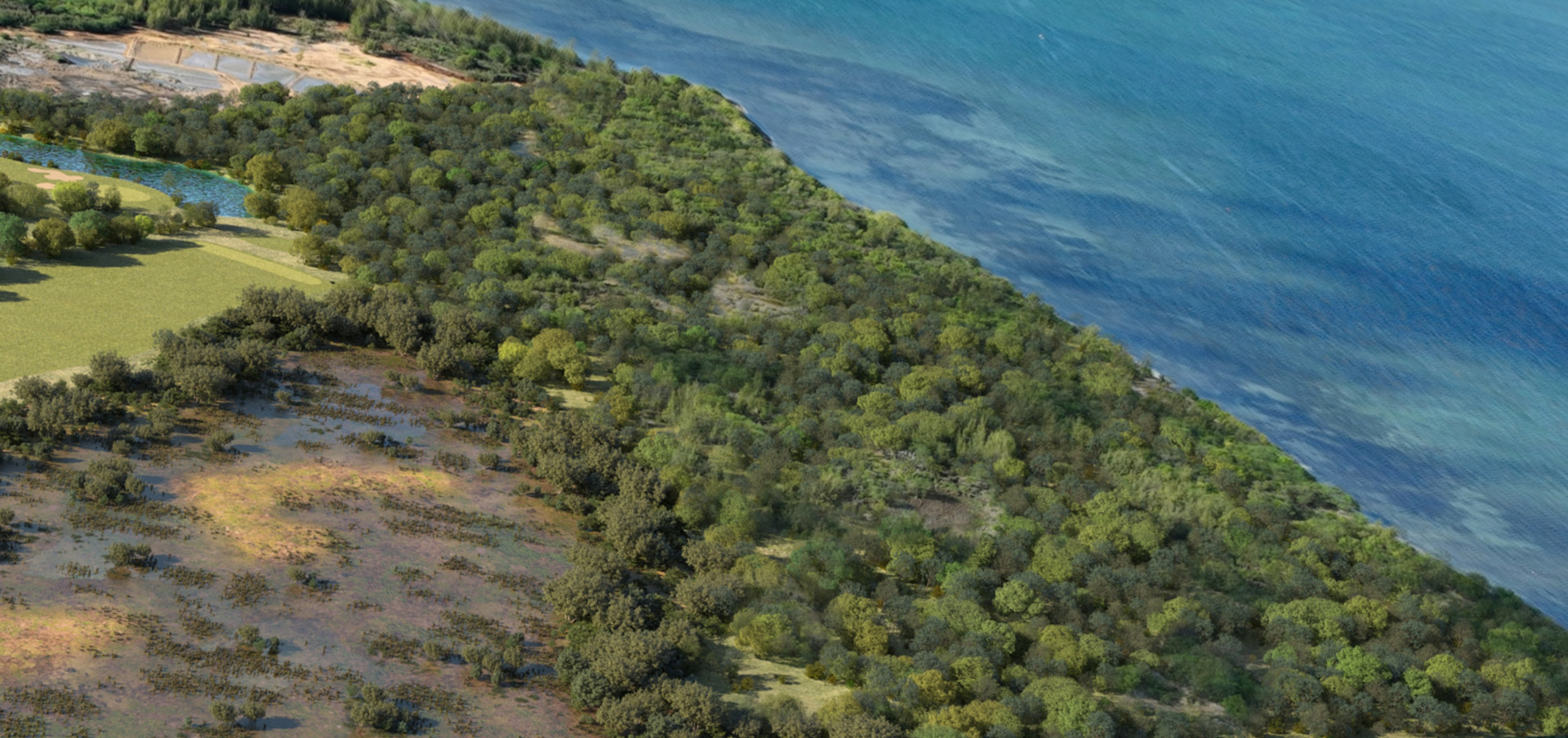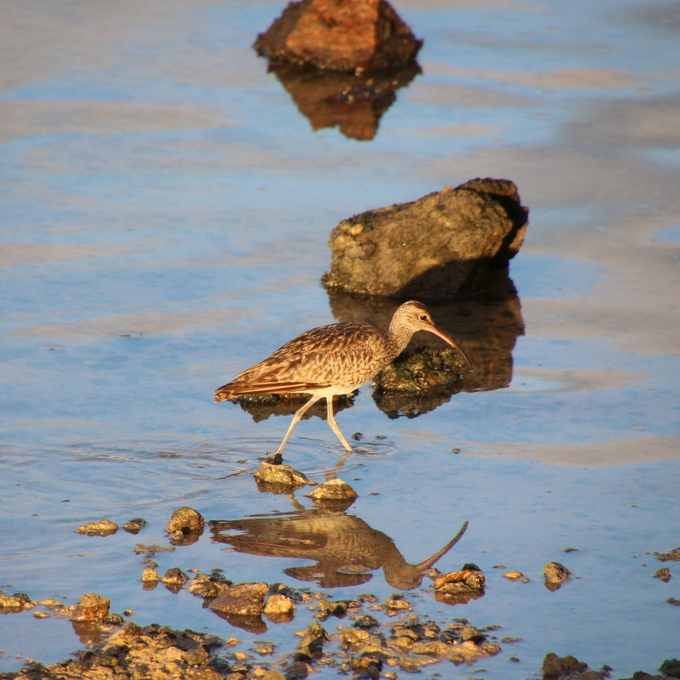

Restoring the biodiversity of the wetland
As a member and signatory of the Ramsar Convention, Mauritius is bound by duty to promote the wise use of wetlands - defined as “the sustainable use of resources for the benefit of mankind in a way compatible with the maintenance of the natural properties of the ecosystem.”
Wetlands are ecologically sensitive areas that play a key role in the functioning and stability of coastal ecosystems. They serve important functions as reservoirs of biodiversity by hosting a large number of animal and plant species.
Classified as a Category 1 wetland with high conservation values, Les Salines wetland will be backfilled and replaced by a new wetland whose properties will be equivalent, if not superior than, than the original.
Currently suffering from degradation and the invasion of exotic plants, the new wetland and buffer zones will experience a significant improvement in their ecological function and biodiversity, thanks to the work being done. This will also enable New Mauritius Hotels to make use of the zone in a way that not only prevents further damage to the ecosystem, but that enhances/improves it by bringing back a lost native environment.
In developing the land at Les Salines, New Mauritius Hotels is committed to restoring the biodiversity of the zone, and to providing socio-economic solutions that benefit that region’s community.
This approach brings numerous environmental, ecological and aesthetic benefits, all while being aligned with New Mauritius Hotels’ philosophy.
Restoring this environment with endemic plants will, in fact, lead to major improvements:
• Providing high quality habitats for endemic birds and insects, helping them flourish.
• Offering refuge to two critically endangered native species that are present, but only scarcely, in the zone (Phyllanthus revaughanii and Lycium mascarenense), as well as two endangered native coastal species, Sesuvium ayresii and Atriplex aellenii, both of which are common on the site but that lack protection.
• Contributing to the protection and stability of the soil, and preventing erosion.
• Providing a carbon sink to reduce the emission of greenhouse gases into the atmosphere.
• Improving the quality of water by filtering runoff water.
• Maintaining ecosystem services by incorporating buffers against the potential impact of climate change and rising sea levels.
• Offering recreational and educational spaces for all.



Closely monitoring the return of native species
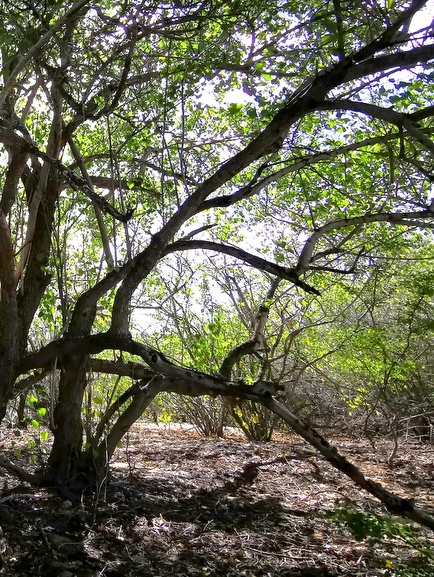
A wetland fulfills a very particular ecological function: its unique plant ecosystem attracts reptiles, insects, birds and fish, who make it their natural habitat and depend on it for food, shelter and breeding.
For us to successfully attract a population of endemic fauna, our activities must be geared towards restoring the natural balance of the zone: this entails meeting the hydrologic requirements of the zone and respecting the topography of the land, removing invasive species that are hindering its proper functioning (fauna and flora like rats or acacia). Through our long-term mission, we aim to reinstate the natural balance of the place as it originally was, following which we can gradually reintroduce the species that formerly inhabited it: green geckos, migratory birds, insects, turtles, etc.
To ensure the biodiversity restoration plan is progressing as per our objectives, a wetland monitoring programme will be established, enabling us to closely monitor its evolution on a regular basis. This programme will be rigorously documented to serve as a model thereafter. The study, which was conducted under the supervision of the Ramsar Committee and establishes baseline data, is governed by specific biodiversity criteria and carried out on predefined transects placed in its buffer zone.
The presence of migratory birds on this particular site is the very essence - and key to the success - of this long-term study. With this in mind, the monitoring process will also keep track of migratory bird populations to ensure they are thriving. Depending on the data that emerges, adequate corrective measures and a rolling programme will be implemented for the reintroduction of native fauna. The ultimate goal is to recreate an optimal environment for the wellbeing of all species.
Ensuring ecological continuity through a golf course
Through this project, a complete ecological zone will be recreated for the first time in Mauritius, and this includes both the wetland and its surrounding buffer zone. Together, they play a vital role in the fight against climate change and in ensuring the wetland has a positive impact on its biodiversity. The buffer zone’s role, for its part, is to facilitate ecological continuity and ensure the wetland performs its functions.
Our Environmental Consultant recommended the development of a golf course to serve as a buffer zone, which could constitute a major asset: indeed, when merged, the management of the golf course and that of wetland could guarantee its optimal functioning.
This idea, however, hinges on a key concept: the ecological design of the golf course. Indeed, it will be designed in a way that promotes the natural flow of rainwater, favors endemic plants adapted to the environment, and allows for a 30-meter buffer space around the wetland before developing the golf course (roughts, fairways, etc); its design and maintenance are equally critical, and will both require the right techniques to save water and minimize its environmental impact.
To meet these requirements, golf architect Olivier Dongradi, along with experts from New Mauritius Hotels, will design the golf course in collaboration with the GEO Foundation. The objective is to earn the GEO Certification through the OnCourse® Development programme - an international benchmark in the golfing world. By being environmentally-designed and by serving as a tool for ecological continuity, this future golf course will guarantee the prosperity of the wetland and serve as a shining example of sustainable development in Mauritius.
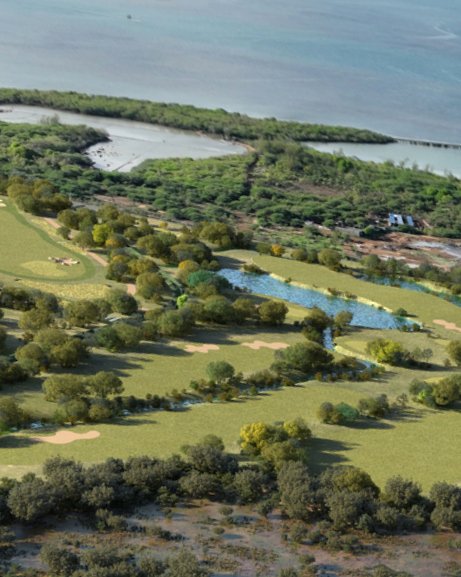


Built in 1808 by François Fortier in a geological depression below sea level, these salt pans are an integral part of the Mauritian heritage and a symbol of a 200-year old tradition of salt-making. Because we feel great pride in this heritage, which remains a unique characteristic of the region despite its declining activities over the years, New Mauritius Hotels commits itself to preserving the traditional know-how of harvesting sea salt in this region. The small-scale artisanal production of salt aims to make these salt pans the hallmark of the Rivière Noire region, all while creating employment opportunities for the surrounding.

Embroidery, wood, textile, pottery, ceramics… Rivière Noire being home to a multitude of talents and honest craftsmanship, New Mauritius Hotels is dedicated to supporting this industry by creating a meeting place that brings together traders and buyers. This craft market will be both a marketplace and production place, where artisans will be able to showcase their know-how under the watchful eye of visitors.
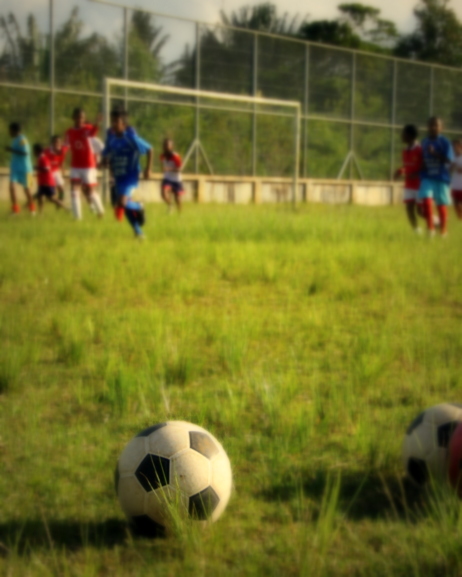
For the development of this region to strengthen the resilience of surrounding communities, a Social Impact Assessment (SIA) was carried out in May 2019 following public consultations with the inhabitants of the region. This has allowed us to collect key information and determine the most relevant actions and initiatives for these stakeholders. Six intervention areas were singled out :
Education
Training
Culture
Leisure and sports
Entrepreneurship
Better living conditions
Reports evaluating the implementation and progress of this social programme will be submitted to the Economic Development Board on a quarterly basis, with the aim of measuring and enhancing the positive impact of New Mauritius Hotels on the livelihoods of the region’s communities.



